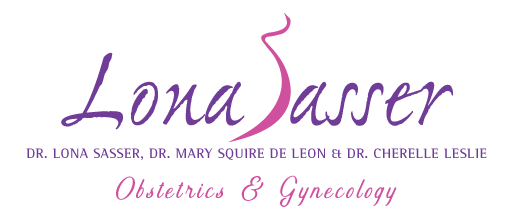Options and care for Chlamydia infection treatments
Sexually transmitted infections (STIs) are commonly stigmatized and feared. However, most STIs are treatable and do not affect your health long term. According to the Kaiser Family Foundation, a little over “half (54%) of adults say they known someone, including themselves, who has had an STD.” STIs are varying and have different types of treatments. For this article, we are going to specifically address chlamydia infection treatments.
First and foremost, if you believe you have contracted an STI, you need to speak with your doctor or go to a nearby clinic for testing. Though you may be certain you have something, a proper diagnosis is the only way to know how to properly treat the infection.
If you need a gynecologist and live near Coral Springs, Florida, for caring, experienced, and attentive doctors and office staff, Lona Sasser Obstetrics and Gynecology is South Florida’s choice. To schedule your appointment, book online, or call us at 954-340-1050.
Chlamydia symptoms
It is not uncommon to be asymptomatic when you have a chlamydia infection. In fact, according to the NHS most individuals who have chlamydia do not notice any symptoms. This is why practicing safer sex is so important, as well as annual STI panels to detect any potential infections or getting tested when you have a new sexual partner. Just because chlamydia infection treatments exist, it is no reason to not protect yourself.
If not asymptomatic, for women, common symptoms can be:
- pain when urinating
- unusual vaginal discharge
- pain in the tummy or pelvis
- pain during sex
- bleeding after sex
- bleeding between periods
For men:
- pain when urinating
- white, cloudy or watery discharge from the tip of the penis
- burning or itching in the urethra (the tube that carries urine out of the body)
- pain in the testicles
How to diagnose chlamydia
To test and diagnose chlamydia, there are two common ways a doctor or trained technician will collect a sample:
- Swabbing the infected area (i.e. the vagina or inside the anus)
- Urine collection
Generally, it can take between 7-10 days for the laboratory to process the samples and find results. However, depending on your symptoms, sometimes you can start chlamydia infection treatments before official results.
The importance of chlamydia infection treatments
The most important part of chlamydia is getting it diagnosed and treated as quickly as possible. Not taking the steps for chlamydia infection treatment can lead to various health issues. In women, chlamydia can spread to the womb and potentially cause pelvic inflammatory disease (PID) which can lead to infertility. In men, chlamydia can lead to swelling of the epididymis, the duct that carries sperm from the testicles, a highly convoluted duct behind the testis, along which sperm passes to the vas deferens — this swelling can lead to fertility issues as well.
The treatment is straight forward: antibiotics. The two most common types of chlamydia infection treatments are:
- azithromycin – given as 2 or 4 tablets at once
- doxycycline – given as 2 capsules per day for a week
That does not mean that your doctor may decide to use a different antibiotic. What is important is that you follow the specific instructions on how to take the prescription, tell your sexual partner(s) so they, too, can get tested and treated, and refrain from engaging in sex until your treatment is done.
At the end of the day, chlamydia is not the end of the world. It is highly treatable and can be easily moved on from.
Contact us today to schedule an appointment: 954-340-1050.
Photo by Anna Shvets from Pexels

